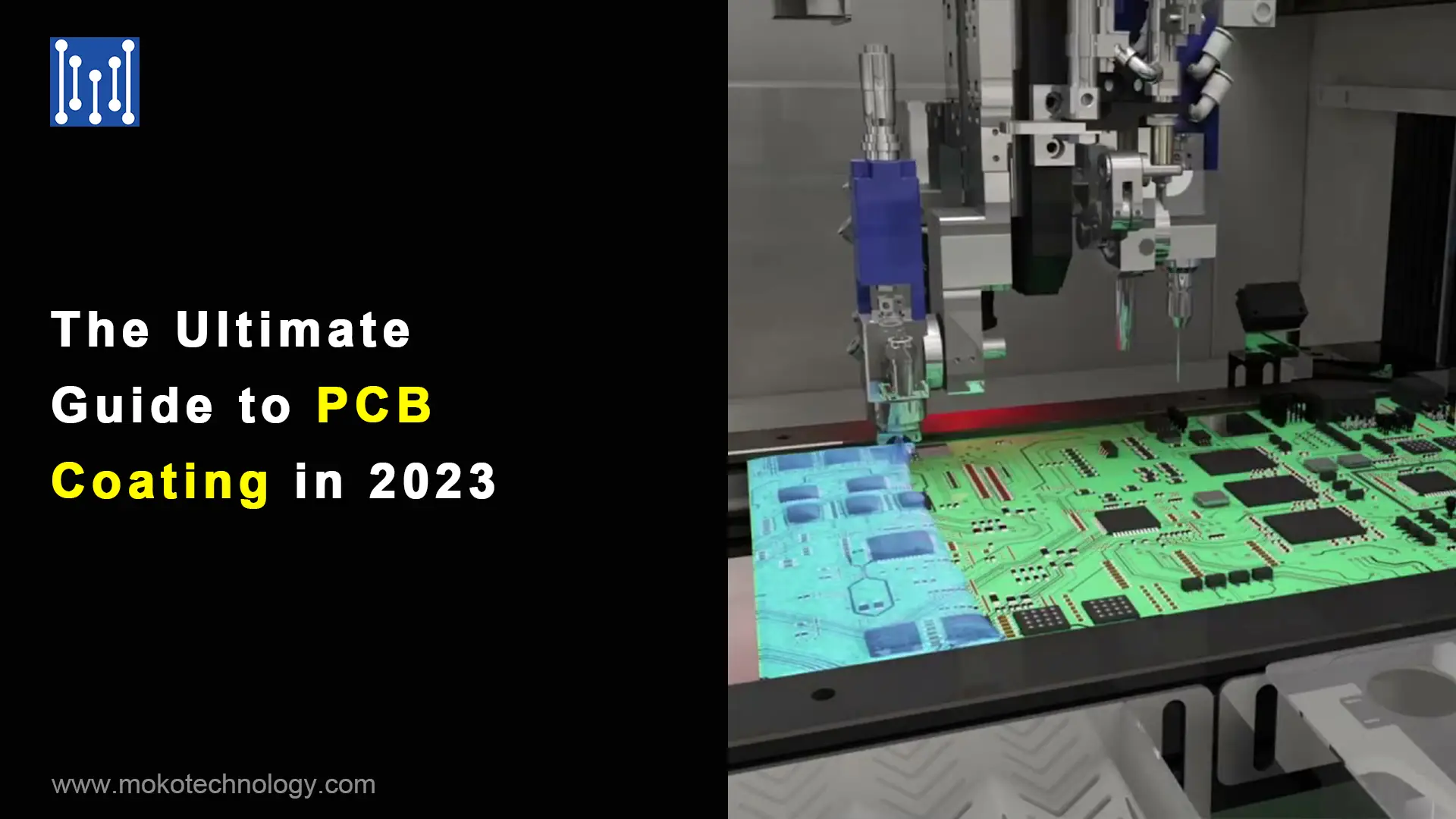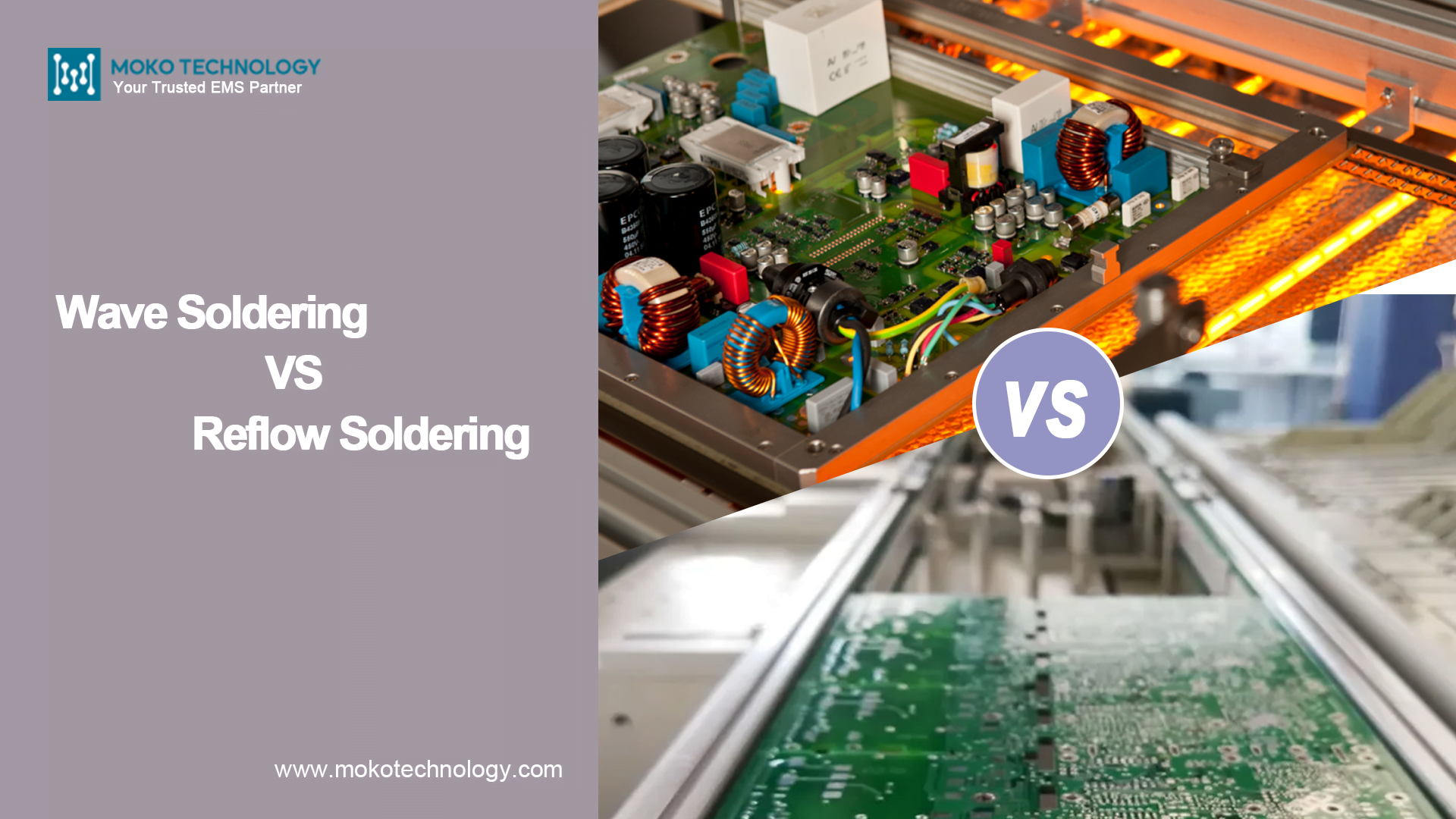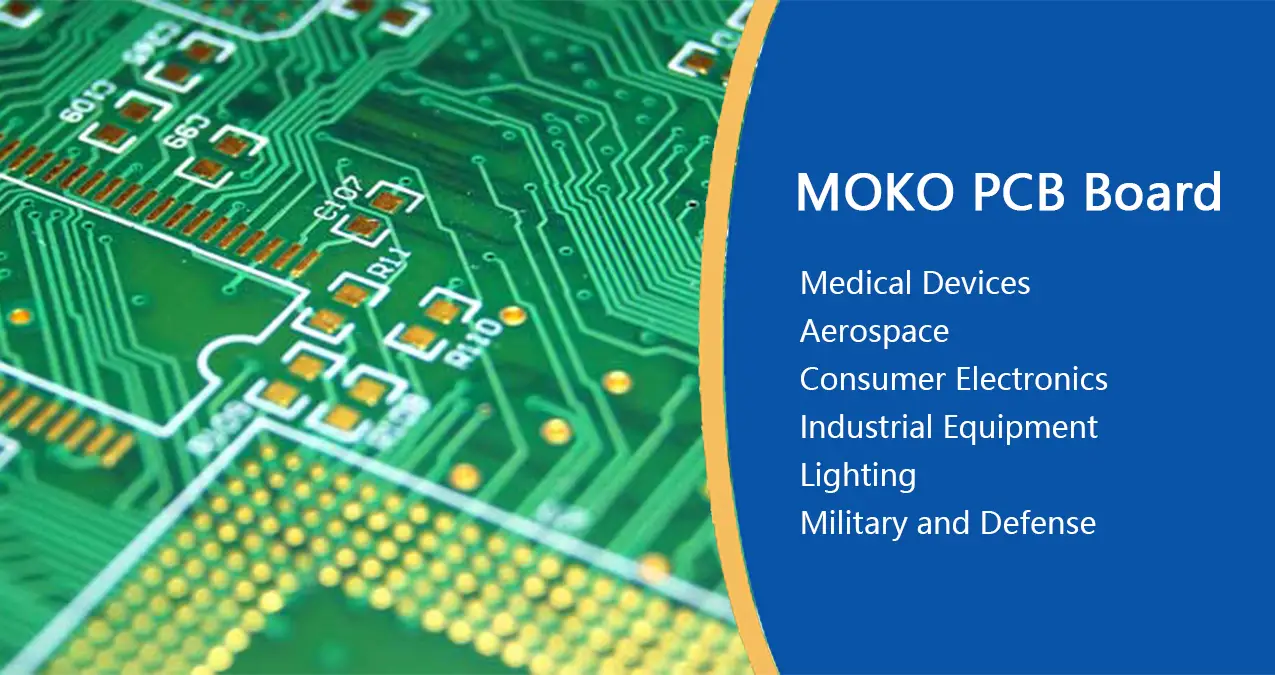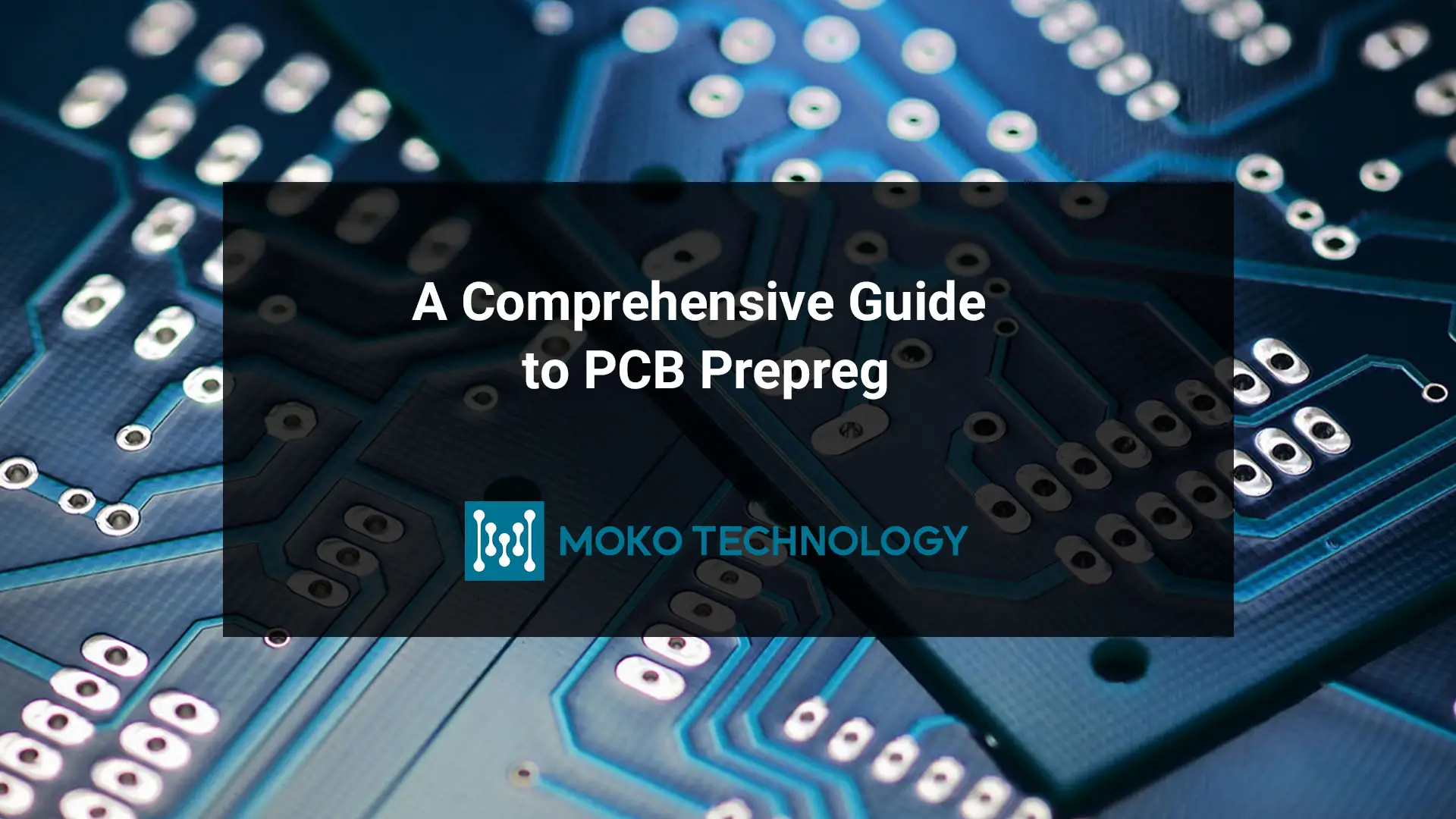PCBs are widely used in various household, industrial, military, and automotive equipment. In order to ensure the operation of the equipment and prolong the service life, it is crucial to ensure that the circuit boards and components on the board are protected from any danger, as any error in them can affect the device’s performance or even cause the failure of the entire device. PCB coating is a very effective way to protect the PCB.
In this ultimate guide, we’ll walk through everything you need to know about PCB coatings in 2023 – from types of materials to application methods and quality standards. With the right coating strategy, you can significantly extend the working life of PCBs in your products. Let’s get started!
What Is PCB Coating?
PCB coating is a technology that protects PCB from unfavorable factors such as corrosion, moisture, and physical shocks by applying a thin and non-conductive layer on the surface of the circuit board and electronic components. With printed circuit board coating, the possibility of circuit failure of the PCB and electronic components is reduced, and the service life of the final electronic product can also be extended.
PCB Coating Types
In terms of the materials used, PCB coatings can be divided into five types:
- Acrylic – easy to apply and repair, featured with good moisture and abrasion protection, and good mechanical strength. But this kind of coating has poor solvent resistivity and poor temperature resistance.
- Polyurethane – same as acrylic, it provides excellent humidity and abrasion resistance, in addition, it provides better resistance to solvents. The downside, however, is that the coating is difficult to remove.
- Epoxy – it has excellent mechanical strength and can offer good protection from abrasion and moisture. But epoxy coatings have poor flexibility and temperature resistance and are hard to repair.
- Silicone – this type of coating is available in moisture cure, UV cure, and heat cure, it has excellent temperature and humidity resistance, but it has poor performance in abrasion resistivity and mechanical strength.
- Paralyene – paralyene coatings are available for any surface, which is a perfect option for devices used in aerospace and medical applications, as they can protect PCBs from organic solvents, inorganic reagents, and acids. Their disadvantage is that they are difficult to rework.
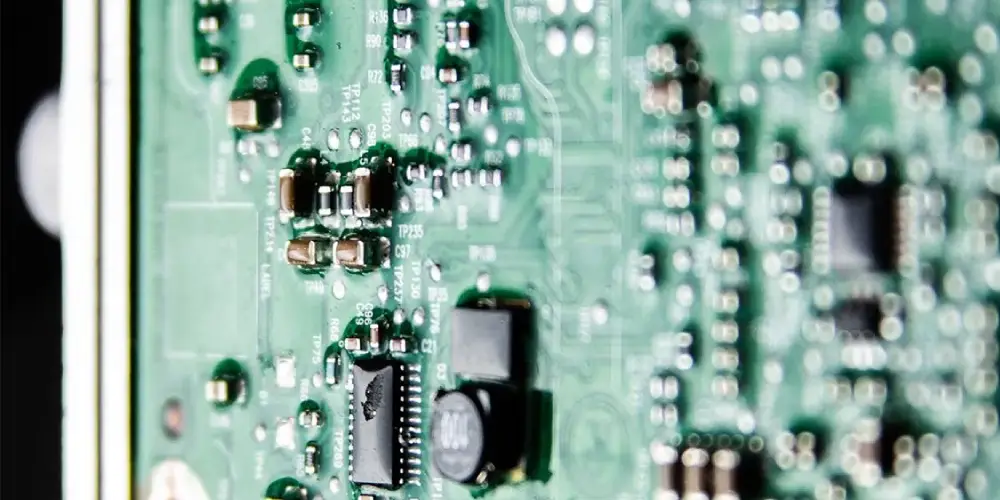 Choosing the Right PCB Coating Material
Choosing the Right PCB Coating Material
Now that we understand the properties of different PCB coatings, then what factors should we consider to choose the most suitable coating for your project? Well, below we have listed some key considerations:
- Operating Environment
Temperature – If the PCB will be exposed to high temps, coatings like silicone or polyurethane are better suited than acrylics. For very low temp environments, parylene excels.
Humidity – If moisture resistance is critical, parylene and some urethanes provide the best protection against water vapor transmission and absorption.
Chemical – For corrosive chemical environments, parylene and urethane generally have the best chemical barrier properties.
UV Exposure – Acrylics have good UV resistance. Silicones and parylene can also withstand UV.
- Electrical Properties
Dielectric Strength – This should exceed the maximum voltage the PCB traces will carry. Parylene and silicone have high dielectric strengths.
Insulation Resistance – A higher megohm value indicates better electrical insulation. Important for avoiding leakage currents.
Thermal Conductivity – Ability to dissipate heat. Critical for power electronics. Silicone coats offer the best thermal conductivity.
- Mechanical Properties
Hardness – Harder coatings like epoxies and some urethanes provide greater scratch/abrasion resistance.
Flexibility – Silicone and parylene coatings maintain flexibility, important for dynamic flexing circuits.
Adhesion – Properties like surface chemistry determine how well a coating bonds to the PCB substrate.
- Cost
The costs of PCB board coating are driven by factors like the raw material chemistry, processing equipment needs, production time, complexity of application, coating thickness, repair ability, and volume. In general, the cost analysis weighs the coating material and application process expenses against the performance requirements and operating conditions of the end application. Evaluating factors like material compatibility, processing method, and targeted lifetime reliability allows selection of the most cost-effective coating that still meets technical needs.
PCB Coating Process
Applying a protective coating to printed circuit boards involves careful preparation, application, curing, and testing:
- Surface Preparation
Boards must be thoroughly cleaned before coating to promote adhesion. Common techniques include solvent cleaning and plasma/corona surface treatments.
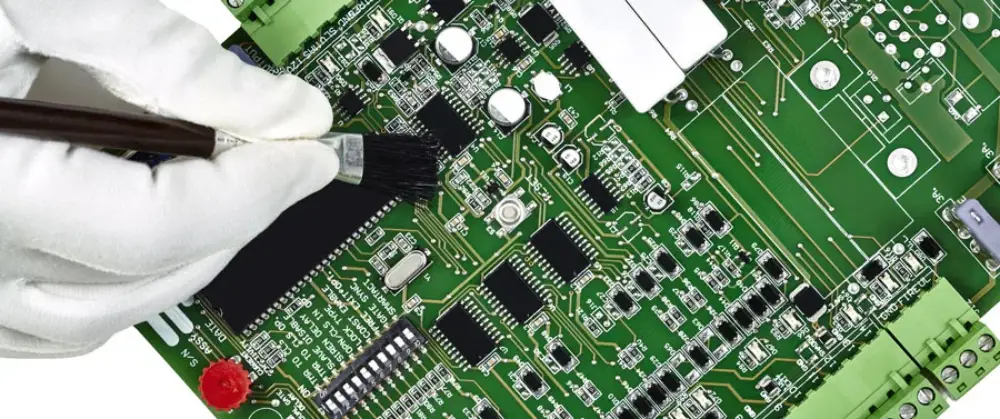
- Coating Application
There are different methods to apply printed circuit board coating, they are:
- Manual spraying
This method is suitable for low-volume production runs as it is a time-consuming process. Normally, we use an aerosol can or handheld spray gun to apply the coating, and before spraying, those areas that do not require coating need to be covered. The coating effects would a little different between different batches due to the manual operation.
- Selective coating
It refers to an automatic coating process that applies a coating to the specific areas on the circuit boards by using programmed robotic spray nozzles, and there is no need to cover areas that are not to be sprayed. This process is featured with high efficiency and accuracy, suitable for high volume production.
- Dipping
For this method, PCBs would be immersed in the coating solution first and then withdrawn. Many factors would affect the coating effect such as immersion and withdrawal speed, dipping time, etc. There is extensive masking required before the coating process, so it is suitable for those PCBs that require coating for both sides.
- Brushing
A brush is used to apply a coating to specific areas, and it is a method mainly used for repairing and reworking. The process takes much time and requires a lot of labor, the final coating effect is dependent on operator proficiency.
- Curing/Drying
Common curing methods include thermal cure, UV cure, and moisture cure. Tight process controls during curing are vital to ensure coatings fully crosslink without becoming excessively brittle. The curing method is selected to match the polymer chemistry and meet efficiency and performance needs.
- Testing
Testing is an important phase for checking the performance range and limitations of circuit insulated coating under various environmental conditions to obtain desired characteristics.
An ideal coating has a feature of excessive adhesion, good electrical properties, and physical characteristics with low humidity. These tests for the testing of coating involve both basic and advanced testing. First, basic testing checks the accelerated humidity and electrical performance. Second, advanced testing checks the salt mist, rapid environmental change, and the temperature limit.
PCB Board Coating Standards
In conformal coating, there are a series of PCB coating standards that require its usage under certain conditions like the military, automobile, domestic use, etc. Most commonly the conformal coatings qualify for either MIL-I-46058C or IPC-CC-830B specification which relates closely to MIL-I-46058C.
MIL-I-46058C: A common conformal coating standard in the industry, also known as Military insulating compound. It requires testing from any MIL authorized laboratories and is still used even after the deactivation since 1998 for new designs. This test requires a standard Qualified product list (QPL).
Def Stan 59/47: A similar standard to 46058C used for coating high-end devices for military use but the UK Ministry of Defense must approve them first.
IEC 61086: A standard based on self-certification by the supplier with similar requirements to 46058c. International Electrotechnical Commission governs it.
IPC-CC-830B: Actively used and continuously updated standard similar to 46058C, introduced when 46058C remains inactive. Material standardized for 46058C that follows these specifications. No testing is available as no QPL is maintained.
UL94V0: Relates to the conformal coating property of self-extinguishing on an FR4 substrate. V0 is the highest achievable category with V1 and V2 as its successors.
